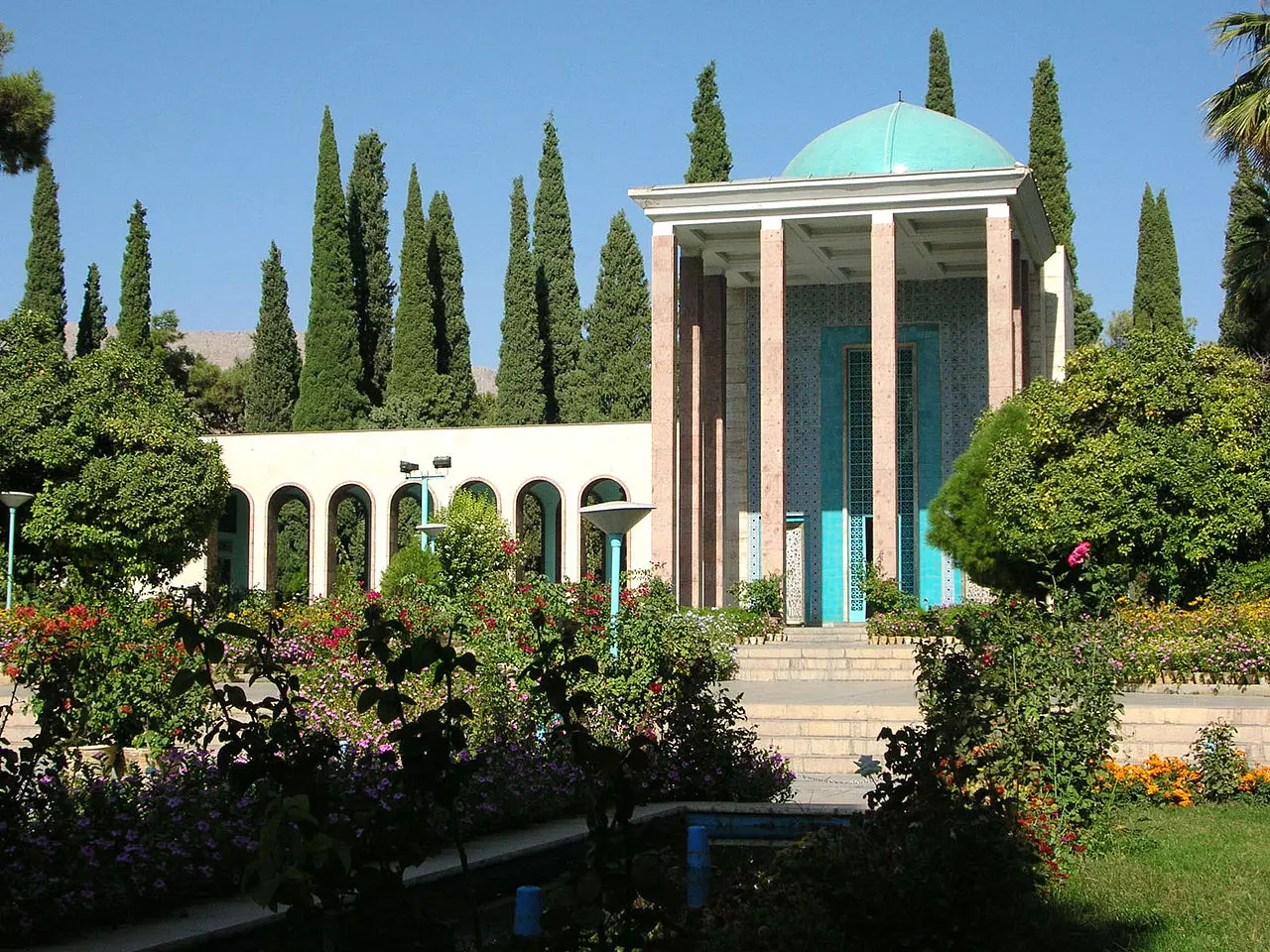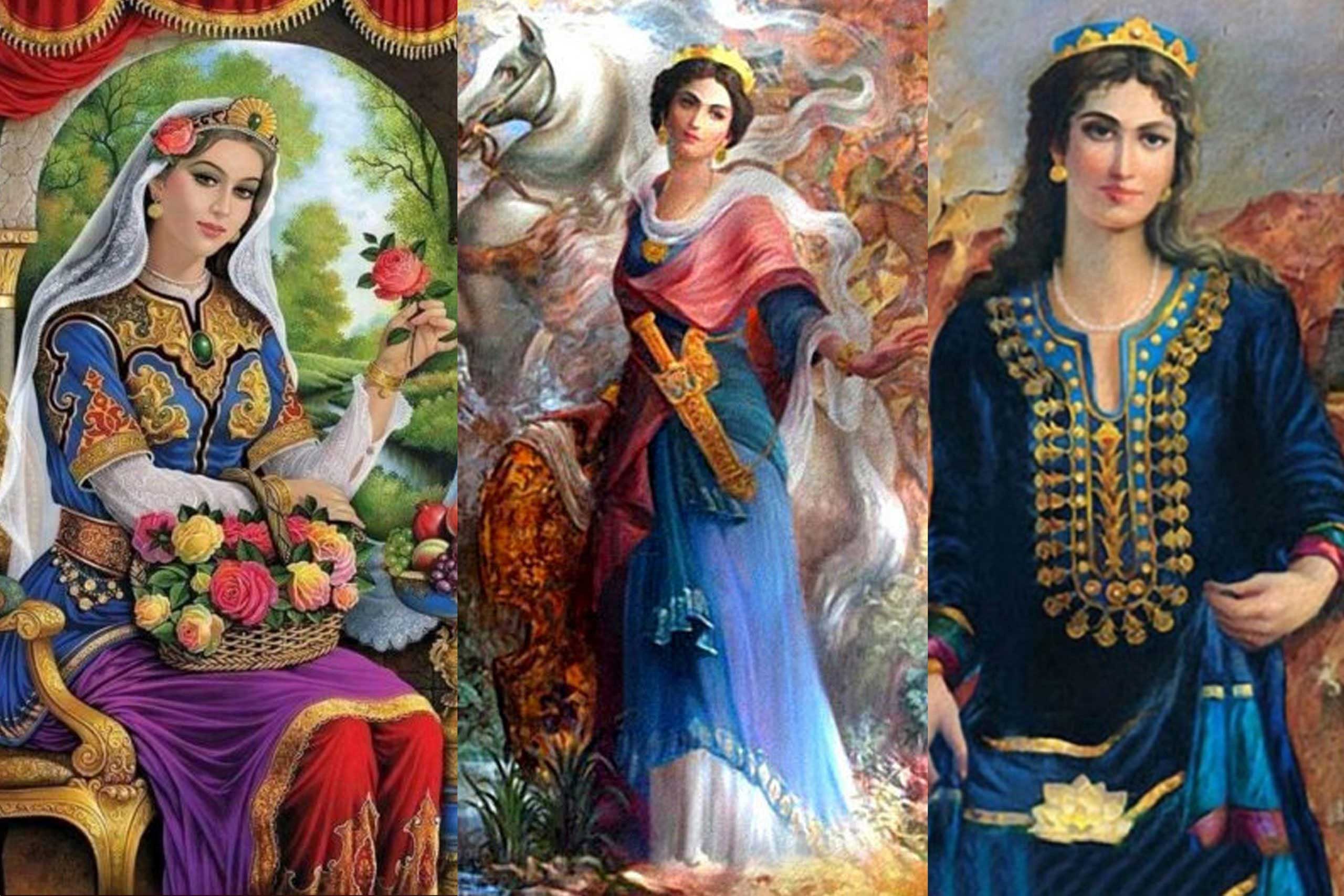From its opening verses to the fall of the last Sasanian king, Ferdowsi’s Shahnameh (Book of Kings) weaves an epic tapestry of Persia’s mythical and historical past. Though famed for its vivid battle scenes and larger‑than‑life heroes, the Shahnameh offers readers far more: a profound meditation on what it means to rule justly and what it means to be a true hero beyond martial prowess.
Historical and Literary Context
Completed around 1010 CE after over three decades of labor, Ferdowsi’s magnum opus preserves centuries of oral lore, pre‑Islamic legends, and historical accounts in nearly 60,000 couplets of classical Persian verse. At a time when Arabic-language dominance threatened to eclipse Persian cultural memory, Ferdowsi sought to rekindle a national identity by celebrating the virtues of Persia’s kings and champions.
The Ideal of Kingship in the Shahnameh
While battles frame much of the narrative, Ferdowsi portrays rulership less as conquest than as stewardship of the realm—rooted in justice, moral integrity, and service to the people.
1. Divine Mandate and Moral Authority
Kingship in the Shahnameh is bestowed by the divine figure of Khvarenah (royal glory). Yet true legitimacy arises when a monarch upholds truth (raast) and justice (daanesh). For instance, King Manuchehr, the grandson of the tyrant Zahhak, earns rightful rule by avenging oppression and restoring order, demonstrating that moral courage undergirds divine favor.
2. Counsel and Consultation
Ferdowsi’s kings often rely on wise advisers—Zal’s sage counsel to his son Rostam, or the prudent vizier Barmayeh advising King Manuchehr—underscoring that effective rule depends on collaboration, not autocracy. When King Kay Kavus ignores such counsel, his ill‑fated expedition against the Simurgh and later against Mazandaran ends in calamity, illustrating that hubris and poor advice‑taking erode legitimate power.
3. Justice and Protection of the Weak
The epic repeatedly emphasizes the ruler’s duty to protect the downtrodden. King Goshtasp, for all his personal failings, institutes temples and legal codes to shield subjects from injustice. Even lesser kings who show mercy—such as King Fereydun, who spares his evil brother Salm—embody the idea that mercy, not cruelty, cements a ruler’s honor.
Heroism Beyond the Battlefield
Though Rostam’s duels and Sohrab’s tragic clash have dazzled audiences for generations, Ferdowsi’s heroes shine just as brightly in their ethical choices, familial loyalty, and self‑sacrifice.
1. Rostam: A Model of Loyalty and Restraint
Rostam, Persia’s champion par excellence, is as renowned for his compassion as for his strength. He spares defeated foes who seek mercy, shelters the unwarlike, and follows the moral code of hospitality (mehmaan‑navaazi). His greatest tragedy—unwittingly slaying his son Sohrab—underscores that even the noblest heroes suffer when the bonds of kinship and fate collide.
2. Esfandiyar: Valor Tempered by Duty
Esfandiyar, the prince fated to conquer the world, accepts his mission with unflinching resolve, even when ordered to overthrow the benevolent Rostam. His story dramatizes the tension between personal honor and sovereign command: though supremely heroic, Esfandiyar perishes by fate’s decree, illustrating that personal valor cannot outwit cosmic justice.
3. Women of the Shahnameh: Courage and Wisdom
Figures like Tahmineh (who courts Rostam for the future of her people) and Sudabeh (whose political machinations reveal the perils of unchecked ambition) demonstrate that heroism—and its shadow, treachery—transcend gender. Tahmineh’s insight and maternal strength are crucial to Rostam’s legacy, reminding us that heroism often blooms in the quieter realms of counsel and sacrifice.
Kingship and Heroism Intertwined
In the Shahnameh, good kings produce true heroes, and true heroes uphold the ideals of righteous rule. This symbiotic relationship underscores Ferdowsi’s overarching vision: a flourishing realm requires leaders who are both just rulers and moral exemplars:
-
Merit over Birth: Many heroes—from Zal (born albino and cast away) to Bijan (raised in captivity)—rise by virtue of their character, suggesting that nobility of spirit outweighs noble lineage.
-
Sacrifice for the Common Good: Be it a king relinquishing his throne to avert civil war (as Fereydun does) or a warrior risking his life to protect innocents (as Rostam does), the Shahnameh celebrates selflessness as the highest expression of both kingship and heroism.
Relevance Today
Though steeped in Persia’s ancient past, Ferdowsi’s themes speak powerfully to modern readers:
-
Ethical Leadership: Amid contemporary debates over governance, the Shahnameh reminds us that legitimacy springs from transparency, justice, and humility.
-
Complex Heroism: In an era that often glamorizes brute strength, Ferdowsi’s complex heroes—flawed, empathetic, bound by duty—offer richer models of courage.
-
Cultural Identity and Memory: As globalization reshapes societies, the Shahnameh stands as a testament to the power of storytelling to preserve language, values, and collective identity.
Conclusion
Ferdowsi’s Shahnameh is far more than a chronicle of epic battles. Its portraits of virtuous kings and multifaceted heroes invite readers to ponder the enduring bonds between power and morality, duty and compassion. By celebrating leaders who listen, soldiers who show mercy, and individuals who place the common good above personal glory, the Shahnameh continues to offer timeless insights into what it truly means to rule—and to be heroic—in any age.





